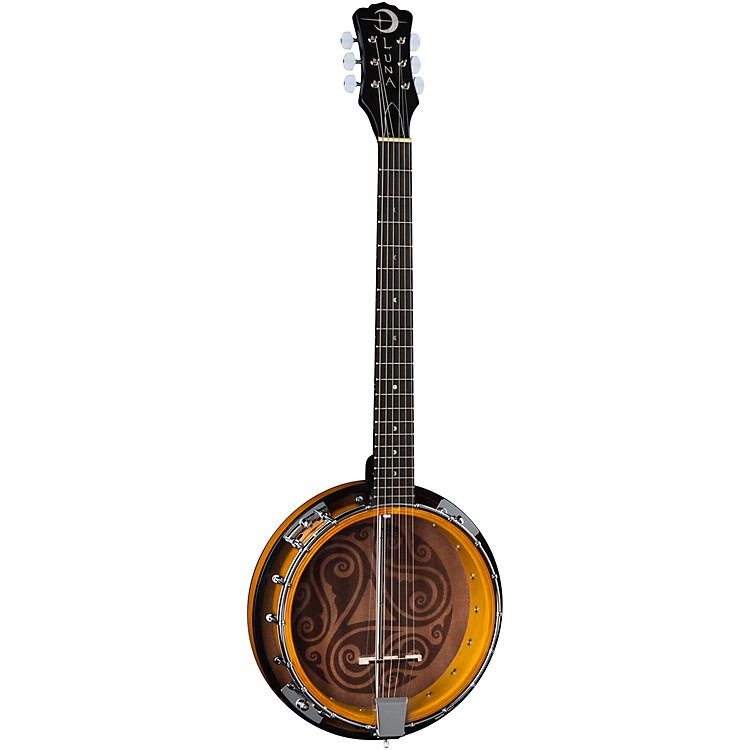

This is before guitar making was the big amateur business it is now so we were pretty isolated as far as building methods went. It was a very primitive workshop by modern standards. No table saw, no pillar drill, no extraction, nothing. And making the tea of course.Īs far as machines – we had an Inca bandsaw, an inaccurate planer thicknesser and a router we used for about 2 or three jobs and that was it. For the first couple of years most of my duties were based around making the bodies and doing the rough work for the necks and tops. My first duties were cleaning up, making tea and then I went on to sharpening tools and making backs. He worked 14 hour days, seven days a week for years. Stefan was often there before me and always there for a few hours after. I started at 7.30 and finished at 5.30, five days a week. When I started for Stefan in January 88, Stefan had a good reputation but his work did not command anything like the amount his work does today (a Model 1 guitar was £800!) and from the start the atmosphere was one of hard work. NF – Yes it was, I cannot think of any other maker I would have rather learnt from. apprenticing with Stefan must have been a wonderful experience, could you share with us what it was like? The sound is created as the air moves through a reed on the chanter of the instrument.TT – Nigel, thanks for catching up…. The instrument is usually played with wooden hammers.īagpipes - A blowpipe is used to inflate a bag of air where the musician exerts arm pressure. Hammered Dulcimer - A trapezoid shaped instrument where the strings gradually become longer from top to bottom of the sound box. The mandolin can be played melodically or harmonically. Mandolin - A four-course, eight stringed instrument (other variations exist) that is tuned an octave higher than the Irish bouzouki. The guitar can be played acoustically, with the sound resonating within the body and exiting through the sound hole, or electrically, wherein the sound is transferred through a guitar amplifier. Guitar - Typically a six stringed instrument (other variations exist) with an inlay of metal fret wires on the fingerboard. It has a flat back side as opposed to the round back side with the Greek bouzouki. The Irish bouzouki evolved from the Greek bouzouki, though the tunings are different between the two. It’s a member of the mandolin family although it’s tuned an octave below the mandolin (GDAE or GDAD). Irish Bouzouki - A four-course, eight stringed instrument. The membrane is made of various types of synthetic materials, and is sometimes made with animal skin. The drum head is typically made of goatskin, and is played with a double-headed stick called a tipper or beater.īanjo - A four, five or six stringed instrument that has a circular body with a thin membrane stretched over the front. The simple-system flute is produced with a wood body and has a conical bore.īodhran - A shallow drum made with a wooden body. The Boehm-System flutes are typically made of metal or wood, have a cylindrical bore and use a complex key system.

Irish Flute - There are two main types of Irish flutes Boehm-System and simple-system flutes. Celtic harps can be strung with wire, gut or nylon strings. This is due to the double and triple stop bowing that is played with Celtic, bluegrass and folk music.Ĭeltic Harp - A smaller and simpler version of a concert harp that uses levers to adjust the pitch of the instrument.

The bridge on the fiddle is flatter than a violin.

Fiddle - Identical to the violin with the exception of the bridge.


 0 kommentar(er)
0 kommentar(er)
